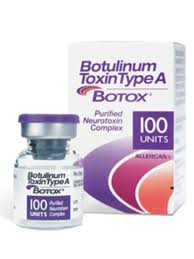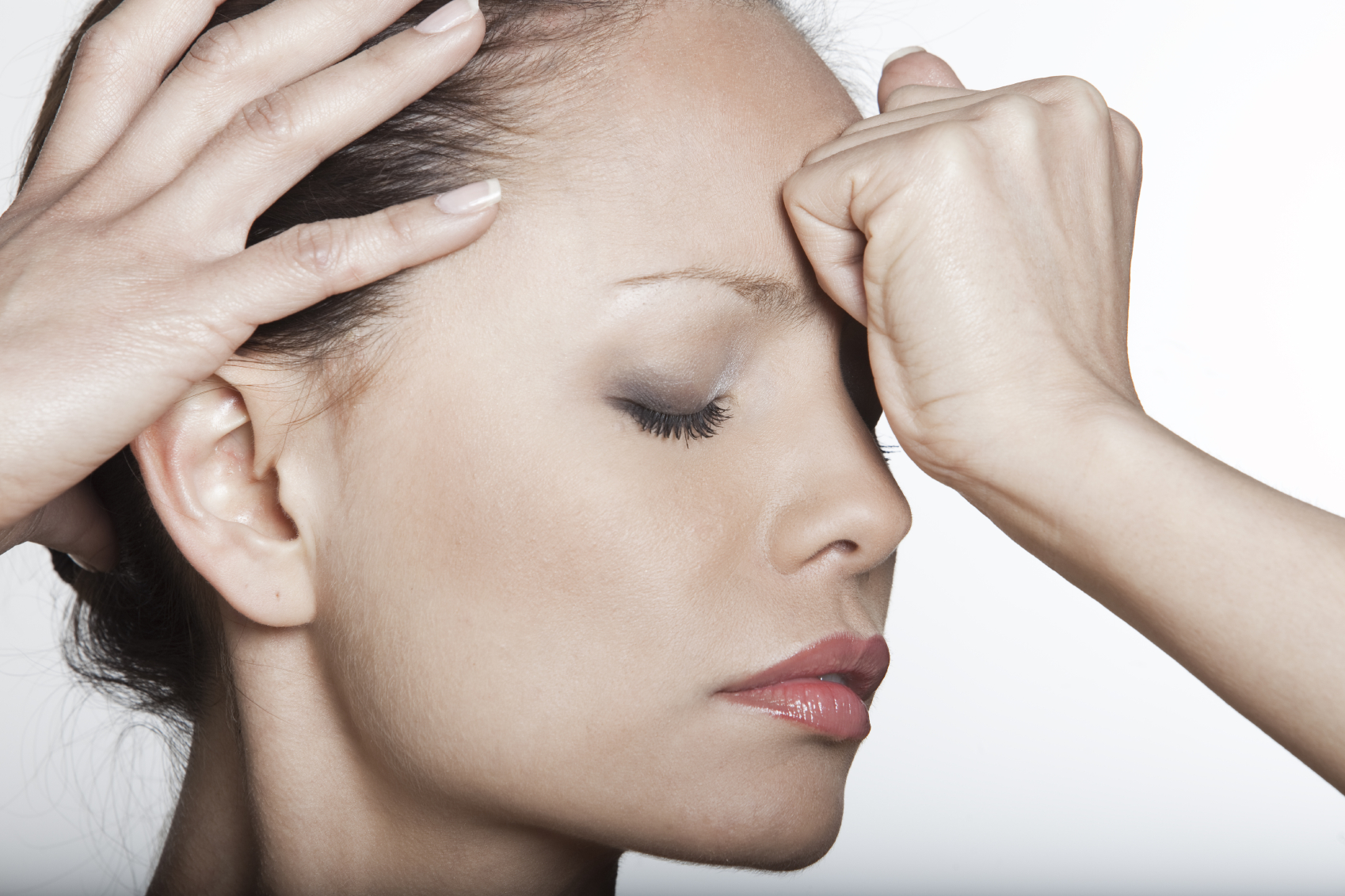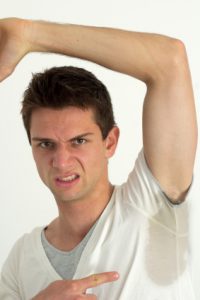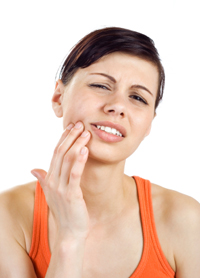Botox
Botox, Dysport & Xeomin Injections in Carmel, IN
Dr. Barry Eppley has helped thousands of patients who are concerned about decreasing or preventing unwanted facial lines and wrinkles with injections. The use of muscle relaxing agents, Botox, Dysport and Xeomin, have helped patients with their non-surgical cosmetic needs through simple in-office injections. In addition to creating the respective educational information, he has compiled a gallery of before and after pictures in his Botox and Dysport results page to help give potential patients a better understanding of this treatment.
 Whether one is young or old, who hasn’t heard of Botox by now? The single most revolutionary ‘beauty treatment’ in the past century has been this injectable method of facial wrinkle reduction. Initially developed for the treatment of blepharospasm (continuous eye muscle twitching) by ophthalmologists, its use became widespread for facial deanimation over the past decade. With its official FDA approval for cosmetic facial applications in 2002, it has become one of the most performed non-surgical cosmetic procedures in the world. With millions of patients being injected each year, the safety and effectiveness of Botox is unquestioned.
Whether one is young or old, who hasn’t heard of Botox by now? The single most revolutionary ‘beauty treatment’ in the past century has been this injectable method of facial wrinkle reduction. Initially developed for the treatment of blepharospasm (continuous eye muscle twitching) by ophthalmologists, its use became widespread for facial deanimation over the past decade. With its official FDA approval for cosmetic facial applications in 2002, it has become one of the most performed non-surgical cosmetic procedures in the world. With millions of patients being injected each year, the safety and effectiveness of Botox is unquestioned.
Botox is now joined by the introduction of Dysport in 2009 and Xeomin in 2012 as competitive muscle relaxing drugs whose effects are very similar to Botox.
BOTOX/DYSPORT/XEOMIN – HOW DO THEY WORK?
Botox, Dysport and Xeomin work by partially paralyzing the facial muscle into which it is injected. The vast majority of aesthetic facial use is for wrinkles and lines around the forehead and around the eye area. The muscular paralysis, while profound, is only temporary and must be repeated to be ‘permanent’. There appears to be no known negative health effects of any of these neuromuscular modulators. Rarely, a few patients may become resistant or develop decreased effectiveness to the drugs over time. In those cases, I have found it effective to switch to one of the other muscle relaxing agents, usually from Botox to Dysport or Xeomin.
EXCESSIVE SWEATING (HYPERHIDROSIS) & CLENCHING (BRUXISM) Treatment
Botox, Dysport AND Xeomin have also been shown to be effective for other problems completely unrelated to facial lines and wrinkles. Both have been shown to help reduce excessive sweating of the armpits (hyperhidrosis) and to reduce the size of the jaw muscles (masseteric hypertrophy) around the jaw angle area due to clenching or bruxism. Hyperhidrosis treatments, like facial wrinkles, must be repeated to maintain effectiveness. Jaw (masseteric) muscle reduction results with these injections appear to be more permanent after an initial series of injections.
INJECTION MIGRAINE TREATMENTS
 Botox, Dysport and Xeomin are also useful for a non-aesthetic facial problem, the treatment of migraines. To both test and treat migraines associated with peripheral trigger points of the supraorbital/supratrochlear, temporal and occipital regions, a few injections can produce a remarkable reduce in the severity and frequency of migraine headaches. Neuromuscular injections can be used as either a treatment or can be a diagnostic test to determine whether migraine surgery through nerve decompression would likely be successful.
Botox, Dysport and Xeomin are also useful for a non-aesthetic facial problem, the treatment of migraines. To both test and treat migraines associated with peripheral trigger points of the supraorbital/supratrochlear, temporal and occipital regions, a few injections can produce a remarkable reduce in the severity and frequency of migraine headaches. Neuromuscular injections can be used as either a treatment or can be a diagnostic test to determine whether migraine surgery through nerve decompression would likely be successful.
In addition to helping Botox and fat grafting patients reduce the number of wrinkles and other age-related conditions, Dr. Eppley also provides surgical treatments for facelift patients in addition to offering other non-surgical treatments such as injectable fillers.
Botox – Before The Injections
It is important to determine what areas the patient desires to be paralyzed and whether muscle paralysis of these areas will produce the desired cosmetic result. With the aid of a mirror, the patient points out their facial areas of concern. The forehead and around the eyes is particularly well-suited for Botox and Dysport and is the most consistently proven area for an advantageous effect. (elimination of frowning and squinting of the eyes) Bands of the neck can also be minimized with injections along their vertical lines. Other areas of the face, such as the lips and around the mouth, can be treated for vertical lip lines and frowning of the mouth corners.
Botox can also be effective for certain types of migraine headaches, particularly those that are known to start just above the eye area or behind the ear. Botox can also be helpful for excessive sweating of the armpits, scalp, hands and feet.
Dr. Eppley has also found Botox to be effective in reducing the size of the jaw (masseter) muscles in those patients who have the condition of masseteric hypertrophy or excessive clenching (bruxism) with teeth grinding leading to headaches and excessive tooth wear.
The Botox Procedure
Botox, Dysport or Xeomin injections are not surgery and are simple office procedures that take but a few minutes. Numbing cream is first placed to decrease the sensation of the small needlestick. While Botox® can be injected into any muscle with resultant paralysis, it appears to be most effective for:
- forehead/brow furrowing or wrinkling peri-orbital wrinkling (lines that encircle the eyes) lip lines
- mouth frowning neck banding (vertical necks bands)
The injections are done with a very small needle that is similar in size to that when one gets a TB test. A small wheal or area of redness persists in the injection site for a few hours but that quickly goes away no sign of having had the facial injections.
Recovering from Botox Injections
There is no pain after the injections. In some patients, a mild headache may be present for a few hours when injected in the forehead area. It takes 5 to 7 days before its paralytic effects become evident. The lasting effects of the injections averages around 4 to 5 months.
Complications are infrequent but the most significant is the potential for inadvertent paralysis of the upper eyelid (ptosis) if injected too closely or into the eyebrow. This will last until the paralytic effects wears off one to two months later.

North Meridian Medical Building
Address:
12188-A North Meridian St.
Suite 310
Carmel, IN 46032
Contact Us:
Phone: (317) 706-4444
WhatsApp: (317) 941-8237


